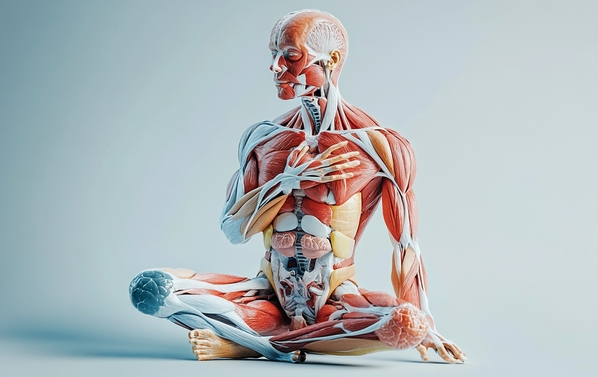Our hair analysis is performed in a laboratory using the most advanced and sophisticated technology for mineral analysis in the hair. You collect your hair sample in the convenience of your home, or, we can do this for you in our clinic.
Foods, more specifically Healthy Foods, are your primary sources of nutrition. As such, by following the food recommendations included in your comprehensive analysis you can begin to shift your nutritional biochemistry. However, there may be times you need more of specific nutrients than foods alone can provide. This would be an instance when you may […]
Blood tests and urine tests obviously provide important information about a person’s biochemical status, but they only evaluate the fluids in the body. However, the vast majority of biochemical functions actually take place inside the cells themselves. Of course, we can’t conveniently take snips out of the various organs of a person’s body in order […]
Mineral levels and ratios as determined by Analytical Research Labs for each individual are measured against an ‘ideal’ standard of health, rather than an ‘average’ standard as used by other laboratories. This renders their results more sensitive and meaningful to those people who aspire to optimum levels of health. The lab works with precise mineral […]
Our laboratory is one of the only two laboratories we know that DO NOT wash the hair. Numerous studies have revealed the potential for removing exogenous minerals from the hair during pre-analysis preparation of the hair sample. This in turn will skew the results and basically render the results of the analysis inaccurate.
A hair sample will last months after it is cut as long as it is stored in a clean paper envelope. So, you may cut a sample and then send it to us a month or two later. Ideally, you want to use a sample that has been cut more recently so that the information […]
Most hair tints, dyes, rinses and highlights are chemical-based. The hair analysis deals with mineral content, so hair dyes usually don’t affect it. Bleaching the hair can affect it a little, so it’s best to wait until you have washed your hair 6-8 times after bleaching the hair before taking the sample. It is also […]
Yes. You can either cut your own hair sample, have a friend or hairdresser cut it, or you can come to our clinic, and we can cut the sample for you. If you are cutting your own sample, it may be easiest to take it from the sides so that you can see in a […]
No, Juneva Health is not the laboratory. We, like other qualified professionals, provide laboratory services for labs that do not sell directly to the public. Accutrace Laboratories, Inc. is a wholly owned subsidiary of Analytical Research Laboratories, Inc. and is their federally licensed laboratory that performs the actual mineral assay of the hair samples. Accutrace […]
The hair sample should not be longer than 1.5 inches and can be as short as 1/8th inch if the person has buzzed hair, for example. The longer the sample length, the further back in time we are analyzing. Ideally, we want the more recent information. For a first hair analysis, 1 to 1 1/2 […]
Collecting your hair sample is simple. Your kit includes a “hair scale” to ensure you collect the right amount. You will collect your hair sample from the top and back of the head (draw an imaginary line across your head from the top of the ears to the nape of the neck). This provides a […]
Yes, as long as it is the hair closest to the scalp. When cutting a hair sample for a repeat (progress) hair mineral analysis, we recommend you try to take hair from the same general location as the initial analysis, as this gives more reliable comparisons.
When using hair for a nutritional/toxic element analysis, we prefer scalp hair because it provides the most accurate metabolic record. Scalp hair is one of the most metabolically active tissues and grows at a more consistent rate than axillary hair (underarm), pubic hair, or other body hair. In situations where there is insufficient scalp hair […]
Water softeners are devices used to remove “hard” minerals (usually calcium and magnesium) from the tap water. They can be hooked up to the whole house or building or just select rooms or even individual faucets, like in a bathroom. (There are filters that work to simply remove chlorine from the water; these are not […]
Make sure your hair has been washed, preferably with a mild soap or with shampoo, at least 4 hours (but no longer than 24 hours) before cutting the sample. So, you would wash your hair and wait 4 to 24 hours before sampling it. Avoid using conditioners or rinses for best results. Do not place […]
You will have enough hair when the 1.5-inch (or shorter) cut hair samples will fill an ordinary tablespoon. However, your hair analysis kit includes a “hair scale” so you can make certain you are submitting the proper amount of hair sample. For more details, see How to Cut a Hair Sample for Analysis. Be sure […]










